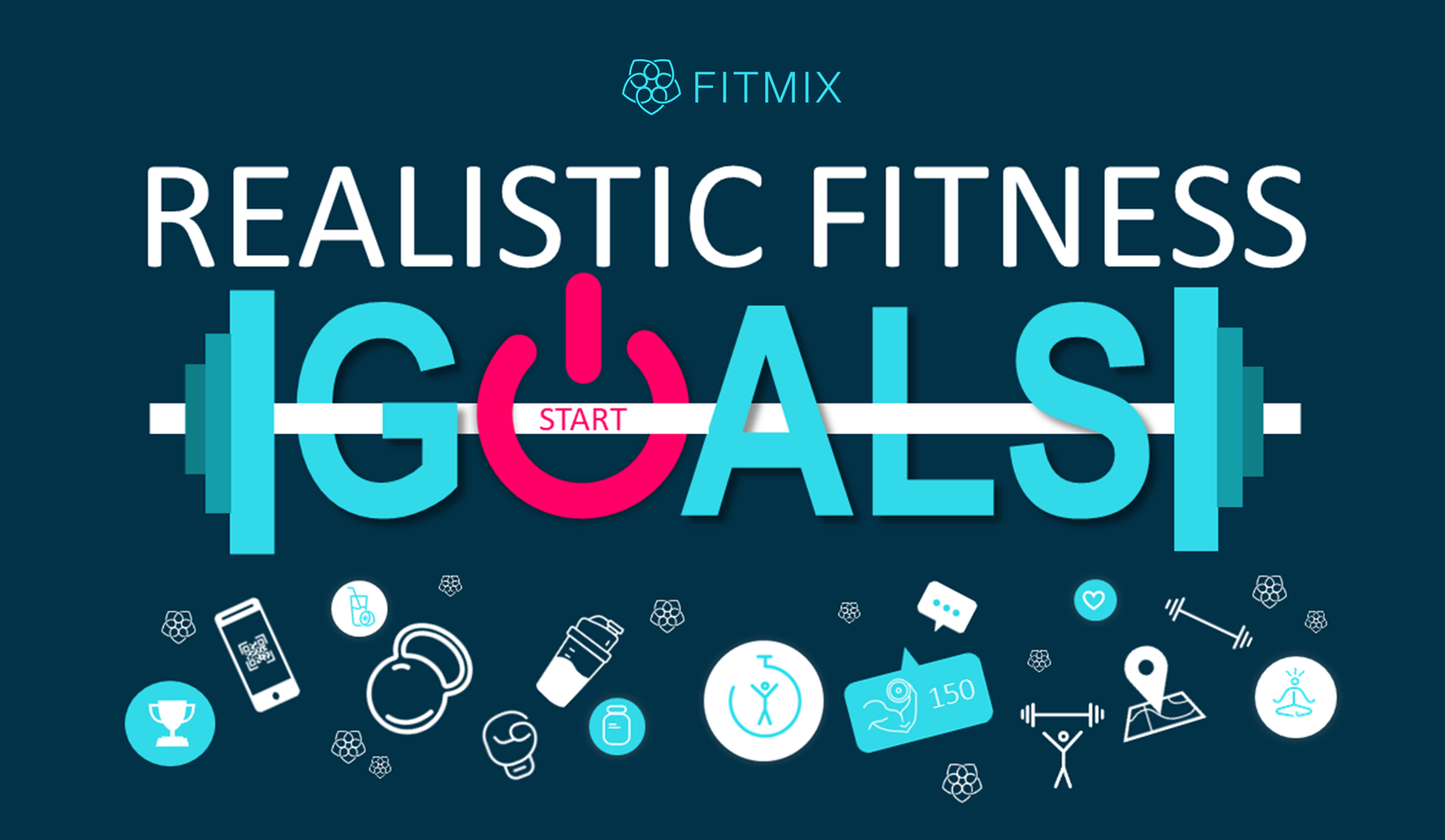ACTIVE RECOVERY: YOUR SECRET WEAPON TO LONG TERM FITNESS SUCCESS
 March 13, 2020
March 13, 2020
 0
0
 0
0

One of the most hotly debated topics concerning working out is about how hard to go, how long to go, and how and WHEN to rest. Some fitness freaks work out hard EVERY day. They feel if they take a day off then their gains have stopped, and all is lost. Others workout and then go right home to lay on the couch and binge some Netflix as their muscles recover. Still others take a different, more nuanced approach, that may be as close to the RIGHT one as possible: Active Recovery.
While the school of thought that the only true recovery after a workout occurs during sleep or at least total rest does have some truth to it, in reality, active recovery can have a more health impact overall. Active recovery means performing some types of movement right after a workout, and some as well in the days following a particularly grueling workout, such as running a marathon, a long trail race, or an extended heavy weightlifting session. There are several reasons for this type of activity...
Lactic acid buildup- Your body produces lactic acid when it metabolizes carbohydrates for fuel. When you finish a workout, this lactic acid can be built up in the muscles which can cause stiffness and pain. By doing some active recovery following an intense workout, you can move this lactic acid from the muscles and into the blood stream to help prevent any negative effects on the muscles.
Alleviate crash/fatigue following intense exercise- If you exercise intensely and then just STOP, your body can
crash
as your heart rate dives, and your blood sugar levels adapt. Active recovery allows a gentler slow down and thus can help your body regular more efficiently and prevent and crash or fatigue that would ensue if you just stopped moving altogether.Continue to promote blood flow to muscles to help prevent inflammation- Another byproduct of intense exercise is inflammation in the muscles. Active recovery will continue blood flow to these areas to help prevent this from occurring.
Keeps heart rate up above resting heart rate- Active recovery will also help to keep the heart rate elevated which will lead to increased aerobic performance and training volumes.
This all sounds great, but what is meant by the term ACTIVE RECOVERY?
Basically, active recovery can be any type of movement where your full body is required but is less intense than your previous activity. Walking briskly is a great active recovery tool. A few others include light weight lifting, swimming, yoga, and even massage (though this would be performed after some type of cool down session as going directly from workout to massage would still be a quick decrease in heart rate) but as massage promotes blood flow, it can be a relaxing and effective method of active recovery.
So, don't be afraid to take it slow. Add in some active recovery after intense sessions and even on your rest days. Your body will benefit as a result and your health and fitness goals will continue moving forward in a healthful way. Enjoy!
Subscribe to My Newsletter
Fill your email below to subscribe to my newsletter
Comments (00)
Be the first to comment!
Leave a Reply
Your email address will not be published. Required fields are marked *





